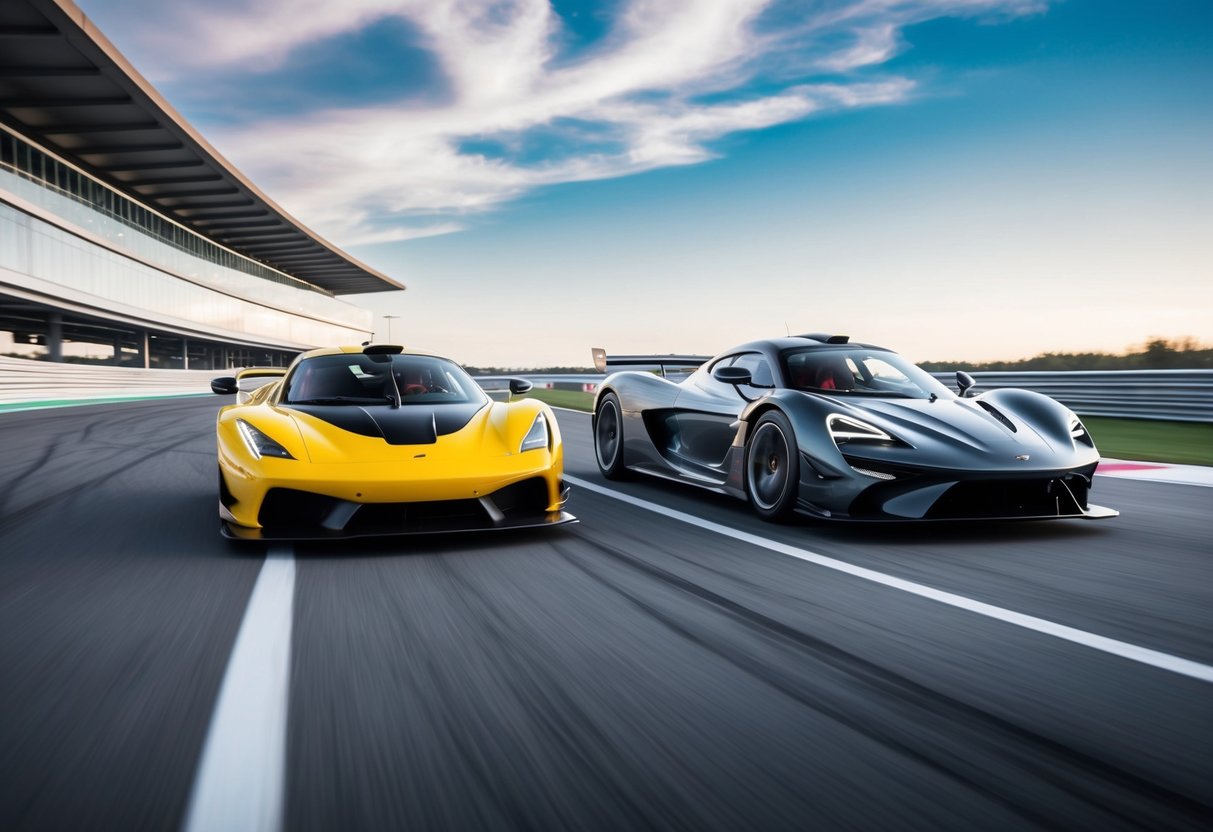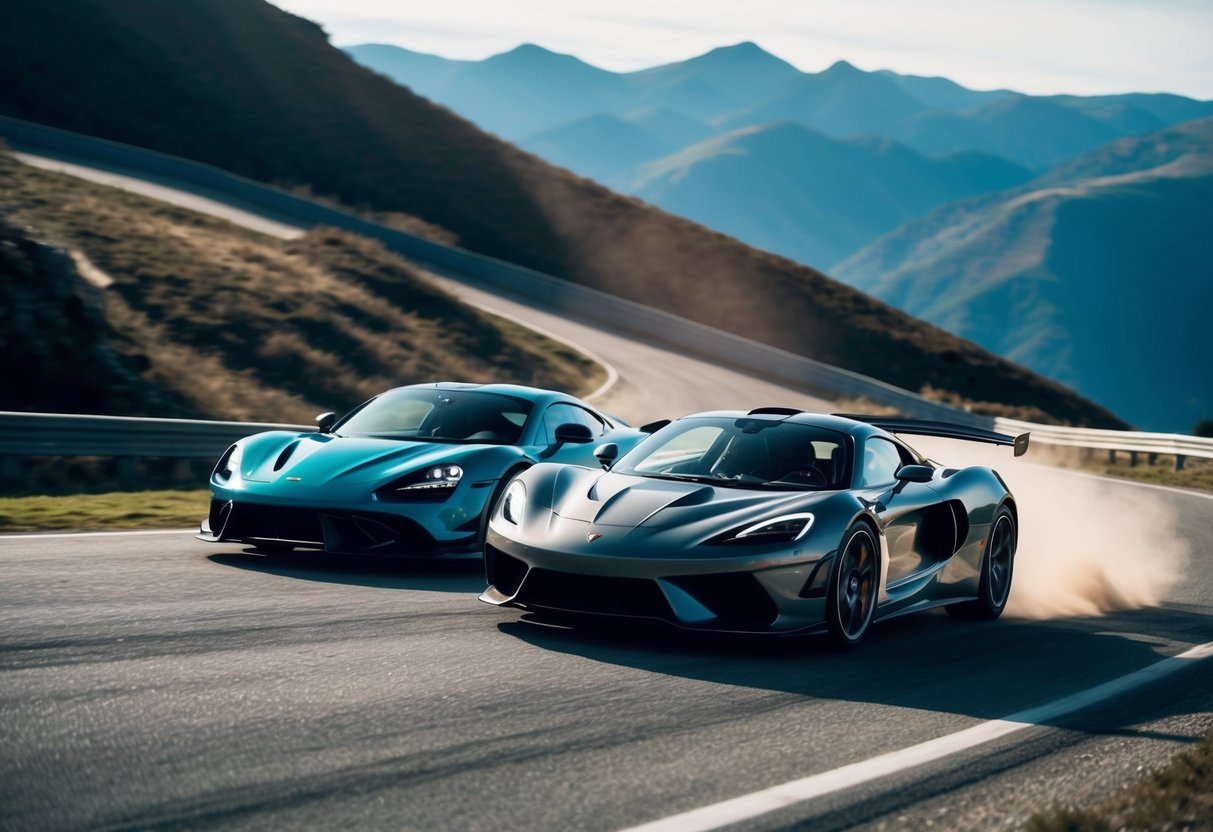
Speed Demons: Record-Breaking Models

In the world of high-performance automobiles, certain models stand out due to their extreme speed capabilities. Names like Bugatti and Koenigsegg often come up in discussions about speed records, showcasing their mastery in automotive engineering.
Icons of Velocity
The Bugatti Chiron and the Bugatti Veyron Super Sport are icons in speed. The Chiron is renowned for breaking the 300 mph barrier and holds a special place as one of the fastest production cars. Meanwhile, the Veyron Super Sport previously held the title for the fastest production car, reaching speeds over 267 mph.
Koenigsegg’s lineup, known for innovation and speed, includes the Agera RS, which took the spotlight by setting a new world record in 2017. Lotus Evija’s impressive electric architecture positions it among those vying for top speeds in the future. Each vehicle reflects the blend of engineering prowess and the relentless pursuit of speed.
The Quest for Speed
Pushing the boundaries of speed requires not just power but also aerodynamic finesse. McLaren P1 and Pagani Huayra combine advanced materials with aerodynamics to achieve superior speed and control. The P1, with its hybrid system, exemplifies modern engineering, achieving remarkable acceleration and handling.
Pagani Huayra, distinct for its craftsmanship, pairs beauty with agility on the track. The continuing quest for speed is further exemplified by companies like Koenigsegg, who constantly redefine possibilities in their innovative designs. These models underscore the relentless drive to harness speed, break records, and set new benchmarks in the hypercar and supercar domains.
The Exclusivity Factor
Hypercars and supercars both captivate automotive enthusiasts, yet hypercars take exclusivity to another level, often through limited production and astronomical pricing. These factors enhance desirability and mystique.
Manufacturing Rarity
Hypercars are often produced in small numbers, enhancing their exclusivity. Manufacturers like Bugatti and Koenigsegg often create limited editions to ensure only a select few can own them. These vehicles are usually bespoke, allowing buyers to customize features extensively. Such scarcity often drives demand higher, distinguishing hypercars from more mass-produced supercars. The rarity of these vehicles not only adds to their allure but also often increases their value over time. Collectors view them as investments, eagerly anticipating future returns.
Price of Prestige
The price tags of hypercars reflect their exclusivity, often reaching several million dollars. This price point places them out of reach for all but the wealthiest enthusiasts. Brands like Pagani and Ferrari create luxurious, high-performance vehicles that justify their pricing with advanced engineering and materials. The exorbitant cost ensures that owning a hypercar is a symbol of status and success. Unlike supercars, which are more accessible, hypercars cater to a niche market focused on unrivaled luxury and performance. The financial barrier to entry reinforces their prestige. Hypercars become more than just transportation; they are statements of opulence.



